Are You Accidentally Sending Mixed Signals? How to Stop Confusing Your Dog
If your dog sometimes tilts their head, looks puzzled, or doesn’t respond the way you expect — don’t worry, it’s not just them. Chances are, you might be sending mixed signals without even realizing it!
Dogs are incredibly smart and observant, but they don’t understand language the way we do. They rely on consistency — in tone, body language, and routine. When our messages are unclear or inconsistent, our pups can end up feeling confused or frustrated.
Let’s break down a few common ways we confuse our dogs — and how to fix it.
1. Using Different Words for the Same Command
We’re all guilty of it.
One day it’s “Come!” — the next it’s “Here, boy!” or “Let’s go!”
To a dog, those are three completely different sounds with no clear meaning. Dogs learn through repetition and consistency. If the word keeps changing, they can’t lock in on what you want.
✅ Try this:
Pick one word for each command (e.g., “Sit,” “Stay,” “Come”).
Have everyone in the household use the same ones.
Keep your tone calm and consistent every time.
2. Saying One Thing, Showing Another
Dogs are experts at reading body language — even more than words. So if you tell your dog to “stay” while leaning forward or patting your leg, your body is actually inviting them to move.
✅ Try this:
When giving a “stay” command, stand tall and still.
When you want them to come, open your body posture, bend slightly, or kneel.
Align your gestures with your words to avoid confusion.
3. Rewarding the Wrong Behavior
Timing is everything. If your dog jumps up and you pet them before they calm down, they’ll think jumping earns attention. The same goes for barking, whining, or pulling on the leash.
✅ Try this:
Reward calm behavior, not just cute behavior.
Wait for a moment of quiet or a sit before giving treats or affection.
Be quick — dogs connect the reward to whatever they did in the last few seconds.
4. Ignoring Their Cues
Communication goes both ways. If your dog turns away, licks their lips, or yawns when you lean in for a hug, they’re politely saying, “I need some space.” Ignoring these cues can make your dog anxious or confused about what’s expected of them.
✅ Try this:
Learn your dog’s body language (every dog is different).
Respect their signals the same way you want them to respect yours.
Create a calm, safe environment where they feel understood.
5. Inconsistent Rules
If your dog is allowed on the couch one day and scolded the next, they won’t know what to expect. Inconsistency leads to uncertainty, which can create stress and unwanted behavior.
✅ Try this:
Decide on clear household rules.
Make sure everyone sticks to them.
Consistency = confidence for your dog.
Final Thoughts
Your dog isn’t trying to be stubborn or defiant — they’re just trying to decode your signals! When we communicate clearly and consistently, we build trust, reduce frustration, and strengthen the bond that makes life with dogs so special.
At Tail Swaggers, we believe every tail wag tells a story — and clear communication helps make it a happy one.
